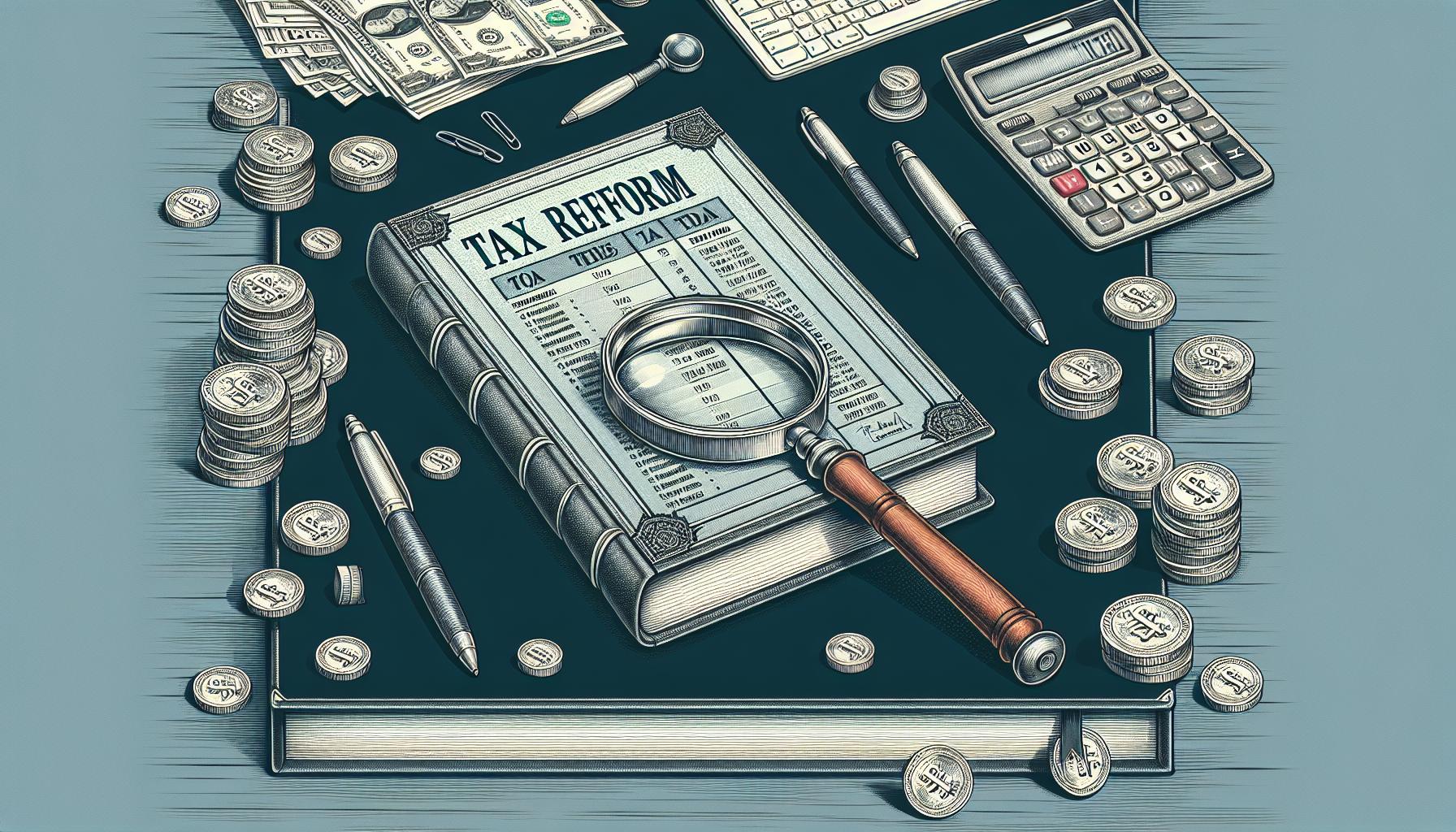In December 2017, the Trump administration enacted a significant piece of legislation commonly called the “Big Beautiful Bill,” or formally, the Tax Cuts and Jobs Act (TCJA). This tax reform introduced one of the most substantial changes in decades, leaving many Americans pondering its influence on their personal finances.
Overview of the Big Beautiful Bill
The Big Beautiful Bill introduced a range of sweeping modifications aimed at simplifying the tax code while providing tax breaks to both individuals and businesses. It focused on slashing the corporate tax rate, adjusting individual tax brackets, and addressing deductions and credits, impacting taxpayers nationwide. Many are left wondering, how does this impact the average American?
Individual Tax Bracket Adjustments
The adjustment of tax brackets represents one of the most apparent changes for individual taxpayers. The TCJA reduced the tax rate for most brackets, generally meaning lower federal income taxes for many. For instance, the top tax rate dropped from 39.6% to 37%. If you’re a high-income earner, you’ll likely notice a reduction in income tax liability, though the exact amount depends on your specific bracket.
Standard Deductions and Personal Exemptions
Significantly, the Big Beautiful Bill nearly doubled the standard deduction, affecting how taxpayers itemize deductions. In the tax years following the bill’s enactment, the standard deduction for single filers increased to $12,000, while for married couples filing jointly, it rose to $24,000. However, the personal exemption disappeared. This change means fewer taxpayers find itemizing deductions beneficial, potentially streamlining the tax filing process for many.
Child Tax Credit Enhancement
Families with children saw significant benefits from the enhancements to the Child Tax Credit. The credit increased from $1,000 to $2,000 per qualifying child, and the income threshold at which this credit begins to phase out was raised, making more families eligible and providing essential financial relief to middle-class households.
State and Local Tax Deductions
The bill’s limitation on state and local tax (SALT) deductions has sparked some debate. Taxpayers who previously itemized deductions could deduct all state and local property taxes, as well as either income or sales taxes. Under the new law, these deductions cap at $10,000. Taxpayers in high-tax states may feel the impact, as their federal tax bills could rise due to this restriction.
Mortgage Interest Deductions
Tax reform also impacts homeownership by changing how mortgage interest deductions are calculated. For new mortgages after December 15, 2017, you can only deduct interest on the first $750,000 of mortgage debt, down from the previous limit of $1,000,000. This change might influence decisions on home purchases and refinancing.
Impact on Pass-Through Businesses
The TCJA also offered a 20% deduction for qualified business income from pass-through entities such as partnerships, S corporations, and sole proprietorships. This aims to provide a tax cut to small business owners, potentially stimulating economic activity. The deduction, however, is subject to various rules and limitations, requiring strategic tax planning.
Conclusion
The Big Beautiful Bill, or the Tax Cuts and Jobs Act, has indeed reshaped the tax environment for American taxpayers. Whether these changes have been beneficial largely hinges on individual circumstances such as income level, family size, and geographic location, especially with the SALT limitations. While most taxpayers experienced some reduction in their tax bills, the effects of this legislation continue to evolve with subsequent regulations and political shifts.
For those traversing these tax changes, staying informed and consulting with a tax professional ensures you understand how to maximize potential benefits or minimize any unintended financial outcomes from the Big Beautiful Bill. As always, personal finance strategies should align with comprehensive tax planning for the best results in today’s dynamic economic landscape.
Read more about the impact of this bill on Investopedia.

